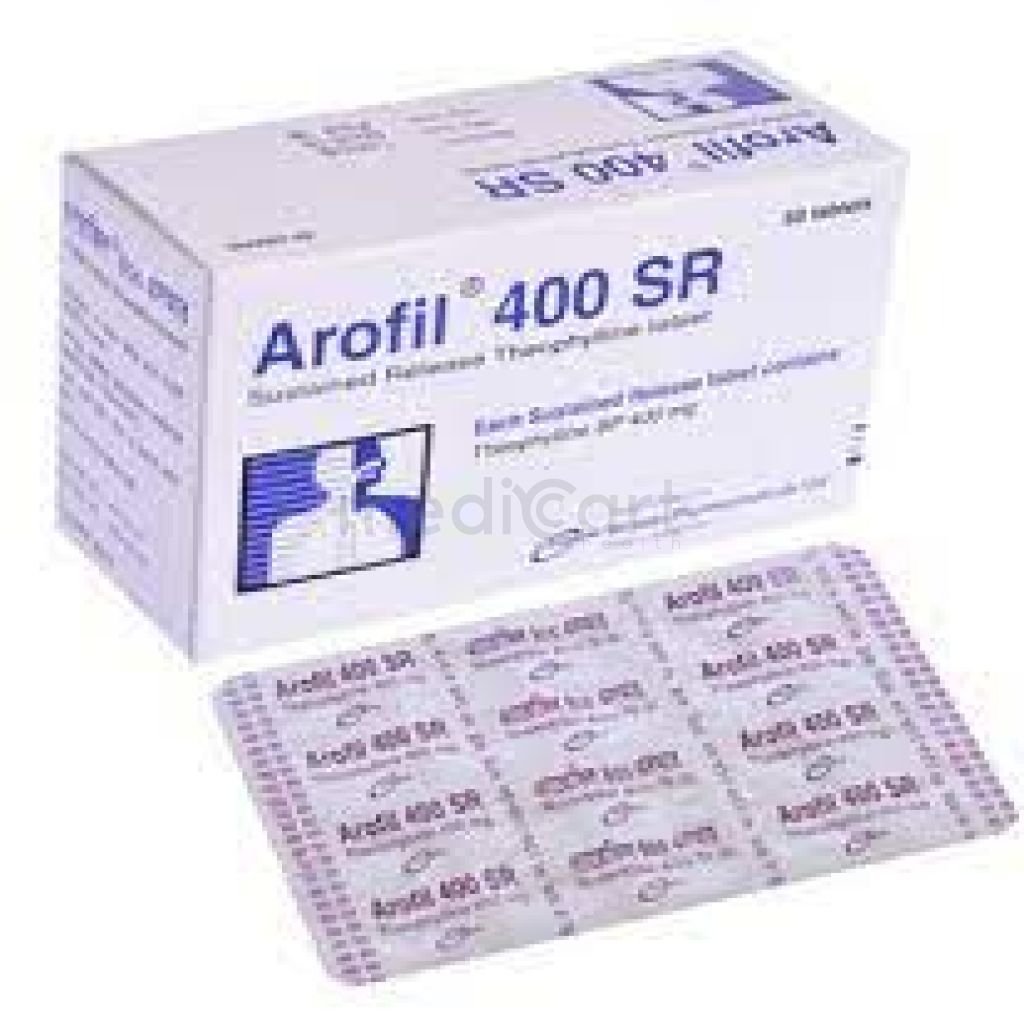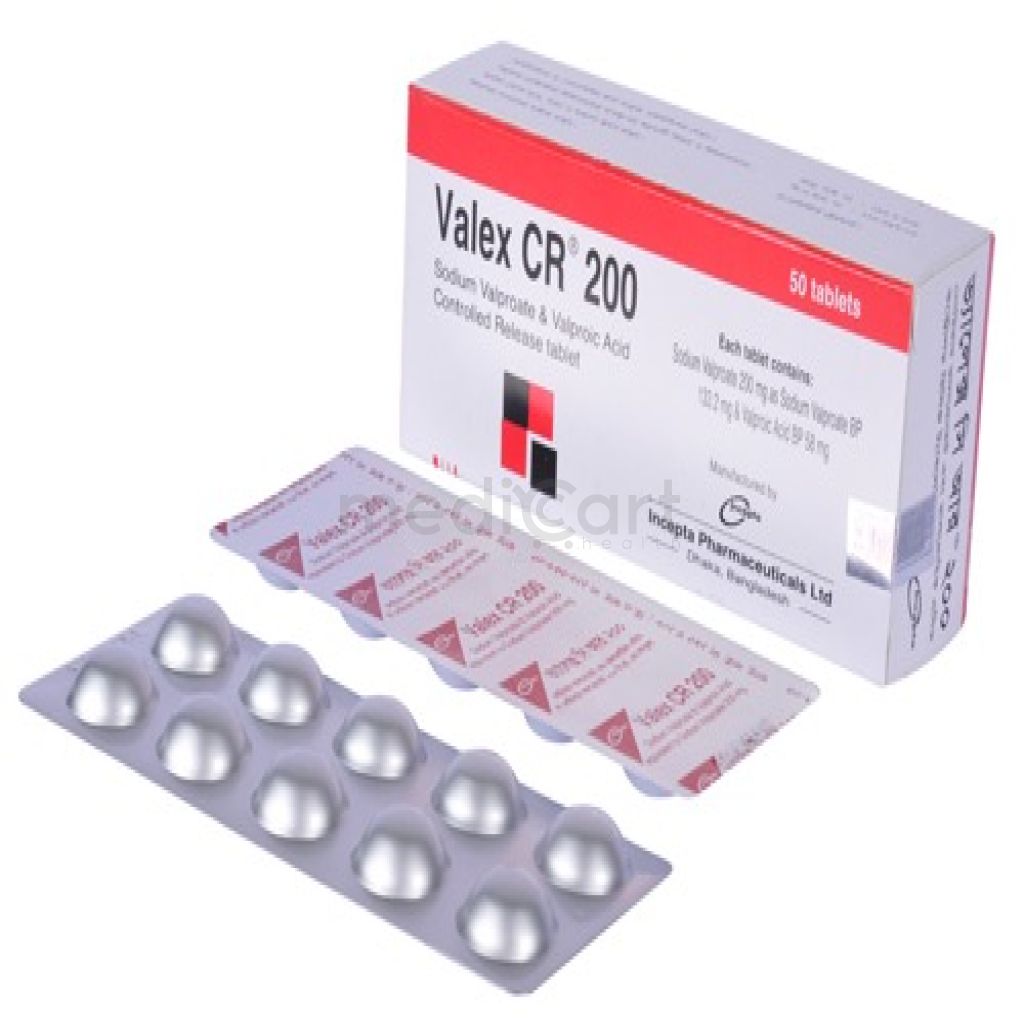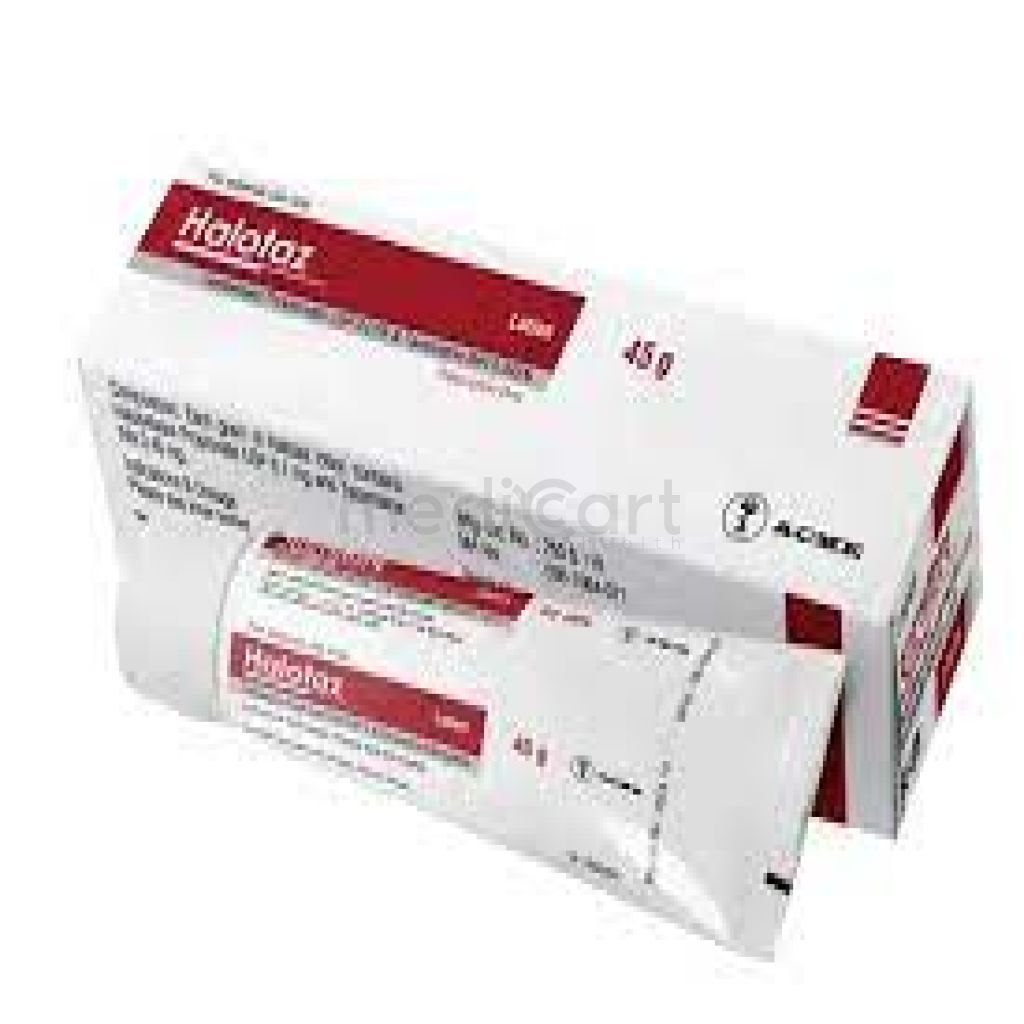

Contine - 100ml
Syrup
Pack Size :
1 Bottle x 1 Packet
Generics :
Theophylline
Manufacturer :
Aristopharma Limited
Best Price *
TK
31.00
* Delivery will be done in Dhaka city only.
Alternative Product
More Information About - Contine - 100ml
Description
Generic Name
TheophyllinePrecaution
Patient w/ peptic ulceration, hyperthyroidism, DM, glaucoma, severe hypoxemia, epilepsy, HTN, heart failure, cardiac arrhythmias or other CV disease, acute febrile illness, COPD, cor pulmonale; smokers. Hepatic or renal impairment. Elderly and childn. Pregnancy and lactation. Monitoring Parameters Monitor heart rate, CNS effects, resp rate, arterial or capillary blood gases, theophylline levels. Lactation: Theophylline is excreted into breast milk and may cause irritability or other signs of mild toxicity in nursing human infants; serious adverse effects in infant are unlikely unless mother has toxic serum theophylline concentrationIndication
Asthma, Chronic obstructive pulmonary disease, Bronchospasm, Apnoea of prematurityContra Indication
Hypersensitivity to xanthine derivatives, porphyria.Dose
N/ASide Effect
Nausea, vomiting, epigastric pain, abdominal cramps, anorexia, diarrhoea, haematemesis; headache, irritability, restlessness, nervousness, insomnia, dizziness, reflex hyperexcitability, seizures; palpitations, sinus tachycardia, extrasystoles, increased pulse rate, flushing, circulatory failure, hypotension, ventricular arrhythmias; transient increase in urinary frequency, dehydration, twitching of fingers and hands, tachypnoea, elevated serum AST concentrations. Potentially Fatal: Convulsions, cardiac arrhythmias, severe hypotension or cardiac arrest.Pregnancy Category
Name : C
Description
Animal reproduction studies have shown an adverse effect on the fetus and there are no adequate and well-controlled studies in humans, but potential benefits may warrant use of the drug in pregnant women despite potential risksMode of Action
Theophylline competitively blocks phosphodiesterase which increases cAMP tissue concentrations causing bronchodilatation, diuresis, CNS and cardiac stimulation, and gastric acid secretion.Interaction
Increased plasma concentrations w/ allopurinol, some antiarrhythmics, cimetidine, disulfiram, fluvoxamine, interferon alfa, macrolide antibiotics, quinolones, OCs, tiabendazole, viloxazine, Ca channel blockers. Reduced plasma concentrations w/ phenytoin and other antiepileptics, ritonavir, rifampicin, sulfinpyrazone, aminoglutethimide, barbiturates, carbamazepine. Enhanced lithium excretion. May potentiate hypokalaemia w/ corticosteroids and diuretics. Risk of synergistic toxicity when given w/ halothane or ketamine. May antagonise effects of adenosine and competitive neuromuscular blockers. Increased bronchospasm w/ ?-blockers.Pregnancy Category Note
Pregnancy category: C Lactation: Theophylline is excreted into breast milk and may cause irritability or other signs of mild toxicity in nursing human infants; serious adverse effects in infant are unlikely unless mother has toxic serum theophylline concentrationAdult Dose
Oral Acute Asthma Loading Dose: 5 mg/kg loading dose (patient not receiving theophylline or aminophylline). Maintenance of Asthma, COPD General Dosing Recommendations The dose of theophylline must be individualized on the basis of peak serum theophylline concentration measurements in order to achieve a dose that will provide maximum potential benefit with minimal risk of adverse effects. Maintenance Dose: 10-16/mg/kg/day Adult: Starting Dose: 300-400mg/day once or twice daily. After 3 days if tolerated, increase dose to 400-600mg/day once or twice dialy. Max: 600mg/day Adult: As SR/CR Cap or Tab, 200/300 mg: One tablet/capsule every 12 hourly. As 400mg tablet/capsule One tab/cap is once daily in the evening. Elderly: Lower doses should be used. Hepatic impairment: Reduce dose.Child Dose
Oral Acute Asthma Loading Dose: 5 mg/kg loading dose If no theophylline has been administered in the previous 24 hours 2.5 mg/kg loading dose If theophylline has been administered in the previous 24 hours Maintenance of Asthma General Dosing Recommendations The dose of theophylline must be individualized on the basis of peak serum theophylline concentration measurements in order to achieve a dose that will provide maximum potential benefit with minimal risk of adverse effects. Maintenance Dose: Child 1.5-6 months: 10 mg/kg/day PO in divided doses 6-12 months: 12-18 mg/kg/day PO in divided doses 1-9 years: 8 mg/kg PO (extended release) q8hr 9-12 years: 6.4 mg/kg PO (extended release) q8hr 12-16 years: 5.6 mg/kg PO (extended release) q8hr Child 1-15 years <45 kg: Starting Dose: 12-14 mg/kg/day up to a maximum of 300 mg/day After 3 days if tolerated, increase dose to 16 mg/kg/day up to a maximum of 400 mg/day administration. After more days, if tolerated, and if needed increase dose to 20 mg/kg/day up to a maximum of 600 mg/day Child 1-15 years >45 kg: Starting Dose: 300-400mg/day once or twice daily. After 3 days if tolerated, increase dose to 400-600mg/day once or twice dialy. Max: 600mg/dayRenal Dose
N/AAdministration
May be taken with or without food, at least 1 hour before or 2 hour after meal.Disclaimer
The information provided herein are for informational purposes only and not intended to be a substitute for professional medical advice, diagnosis, or treatment. Please note that this information should not be treated as a replacement for physical medical consultation or advice. Great effort has been placed to provide accurate and comprehensive data. However, Medicart along with its authors and editors make no representations or warranties and specifically disclaim all liability for any medical information provided on the site. The absence of any information and/or warning to any drug shall not be considered and assumed as an implied assurance of the Company.










